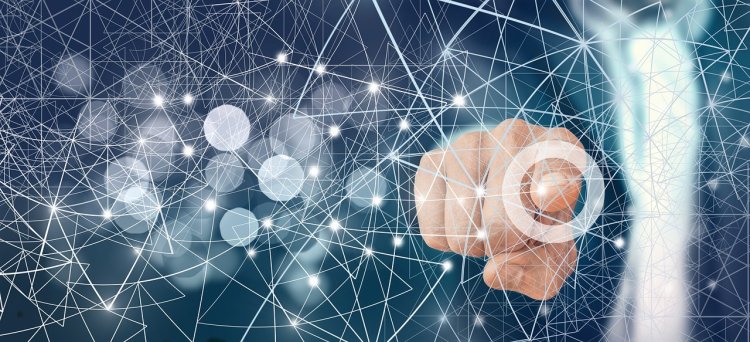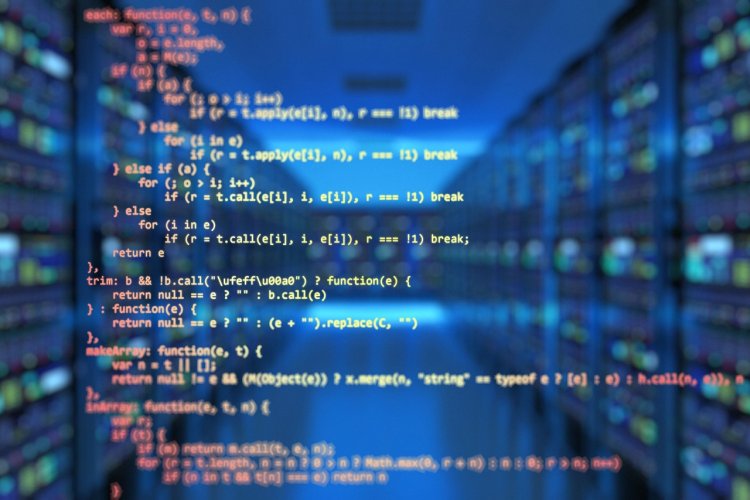What is Data Science? Learn How It Works and Start for Free
Discover what data science is, how it works, where to learn it for free, and the best programming languages to master quickly, like Python and SQL, for a successful start.

Data science is one of the most in-demand fields today, transforming raw data into actionable insights. If you're curious about what data science is, how it works, where you can learn it for free, and which programming languages to master quickly, this guide is for you!
What is Data Science?

Data science is a multidisciplinary field that uses statistical methods, algorithms, and technology to analyze and interpret complex data. It helps organizations make data-driven decisions, predict trends, and solve real-world problems.
Key Elements of Data Science:
1. Data Collection: Gathering data from various sources (e.g., databases, APIs, social media).
2. Data Cleaning:Preparing and organizing data to make it usable.
3. Data Analysis:Using statistical methods to uncover patterns and trends.
4. Model Building:Applying machine learning algorithms to predict outcomes.
5. Visualization:Presenting insights using tools like graphs and dashboards.
Common Applications:

- Predicting customer behavior in e-commerce.
- Detecting fraud in finance.
- Optimizing operations in healthcare and logistics.
How Does Data Science Work?
The process typically follows these steps:
1. Define the Problem:Identify the business problem or question.
2. Collect Data: Use tools like web scraping, surveys, or databases to gather relevant data.
3. Prepare the Data:Clean and preprocess the data to handle missing values and errors.
4. Analyze the Data:Perform exploratory data analysis (EDA) to understand patterns and relationships.
5. Build Models:Use machine learning techniques to create predictive or descriptive models.
6. Deploy Solutions: Implement the results into a business process or application.
Tools Commonly Used:

- Data Analysis: Excel, Pandas (Python), R
- Visualization: Tableau, Matplotlib, Power BI
- Machine Learning: TensorFlow, Scikit-learn, PyTorch
Where Can You Learn Data Science for Free?
Several platforms offer free resources to learn data science:
1. Kaggle:
- Provides free courses on Python, machine learning, and data visualization.
- Access to datasets for hands-on practice.
- [Visit Kaggle](https://www.kaggle.com/)
2. Google's Data Analytics Professional Certificate:
- Offers free trials and covers fundamental data science concepts.
- Available on Coursera.
- [Visit Google on Coursera](https://www.coursera.org/google-data-analytics)
3. Codecademy (Free Tier):
- Introductory courses on Python, SQL, and data visualization.
- [Visit Codecademy](https://www.codecademy.com/)
4. YouTube Channels:
- FreeCodeCamp: Comprehensive tutorials on Python and machine learning.
- StatQuest: Clear explanations of statistical and machine learning concepts.
5. edX and OpenCourseWare:
- Offers free courses from institutions like MIT and Harvard.
- [Visit edX](https://www.edx.org/)
Which Programming Language Should You Learn First?
1. Python
Why It’s Popular:
- Beginner-friendly and versatile.
- Extensive libraries for data analysis (Pandas, NumPy), visualization (Matplotlib, Seaborn), and machine learning (Scikit-learn, TensorFlow).
How to Start:
- Learn the basics of Python syntax, then move to libraries like Pandas and NumPy.
2. R
Why It’s Great:
- Ideal for statistical analysis and data visualization.
- Used heavily in academic and research settings.
3. SQL
-Why It’s Essential:
- Allows you to retrieve and manage data from databases.
- A fundamental skill for any data scientist.
4. Other Tools to Consider:
Excel:Great for beginners and quick data manipulation.
Tableau or Power BI: For creating interactive dashboards and visualizations.
Pro Tip:Start with Python and SQL, as they cover most data science tasks and are widely used in the industry.
How Long Does It Take to Learn Data Science?
Basic Skills: 3–6 months (if dedicating 10–15 hours per week).
Intermediate Skills: 6–12 months to master tools like Python, SQL, and machine learning algorithms.
Advanced Skills:1–2 years to gain expertise in big data tools (e.g., Hadoop, Spark) and deep learning.
Data science is a powerful and rewarding field with endless possibilities. By understanding how it works, leveraging free resources, and mastering key programming languages like Python and SQL, you can start your journey toward becoming a data scientist.
Dive into the world of data science today—it’s a skill set that can open doors to exciting career opportunities!
What's Your Reaction?





















